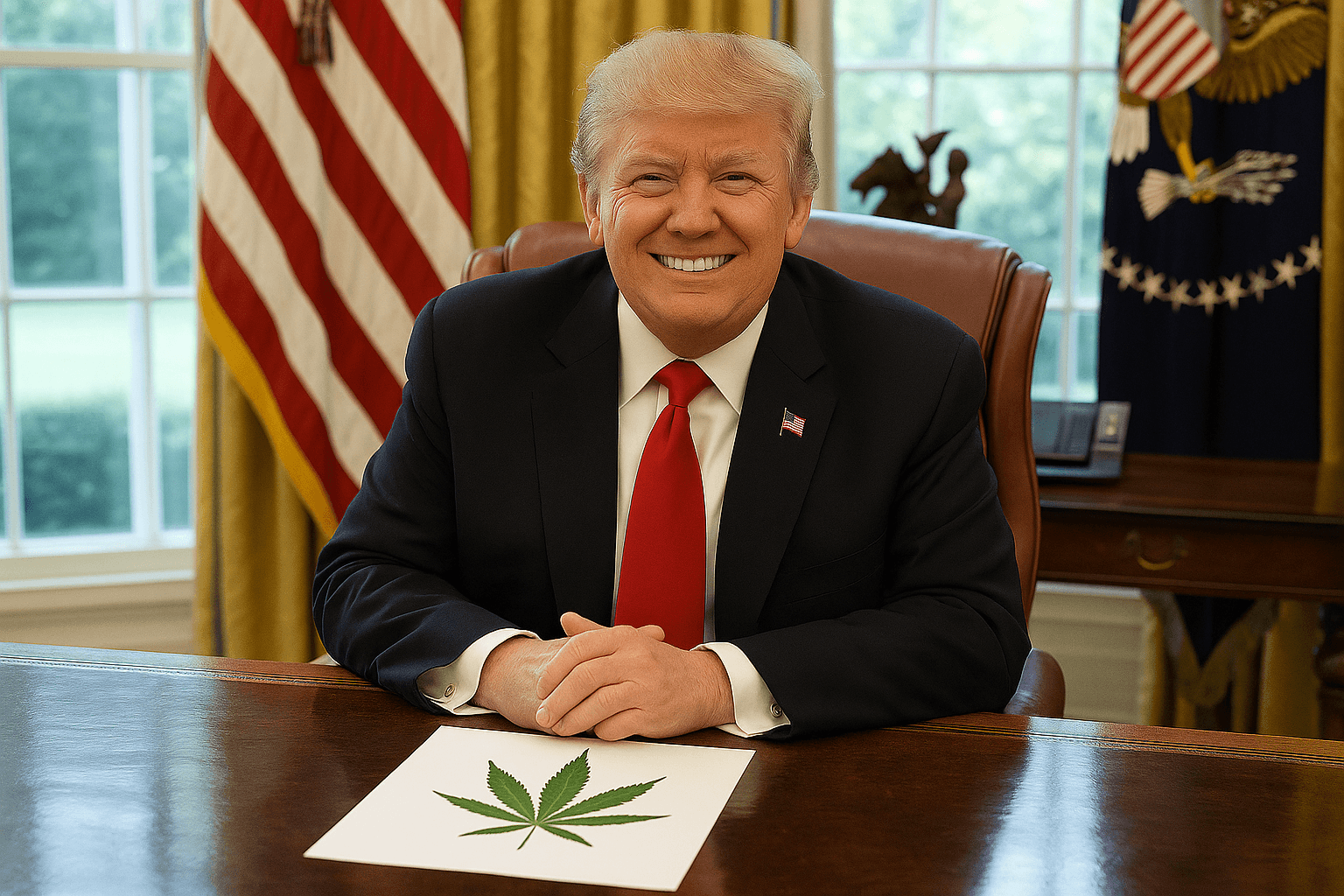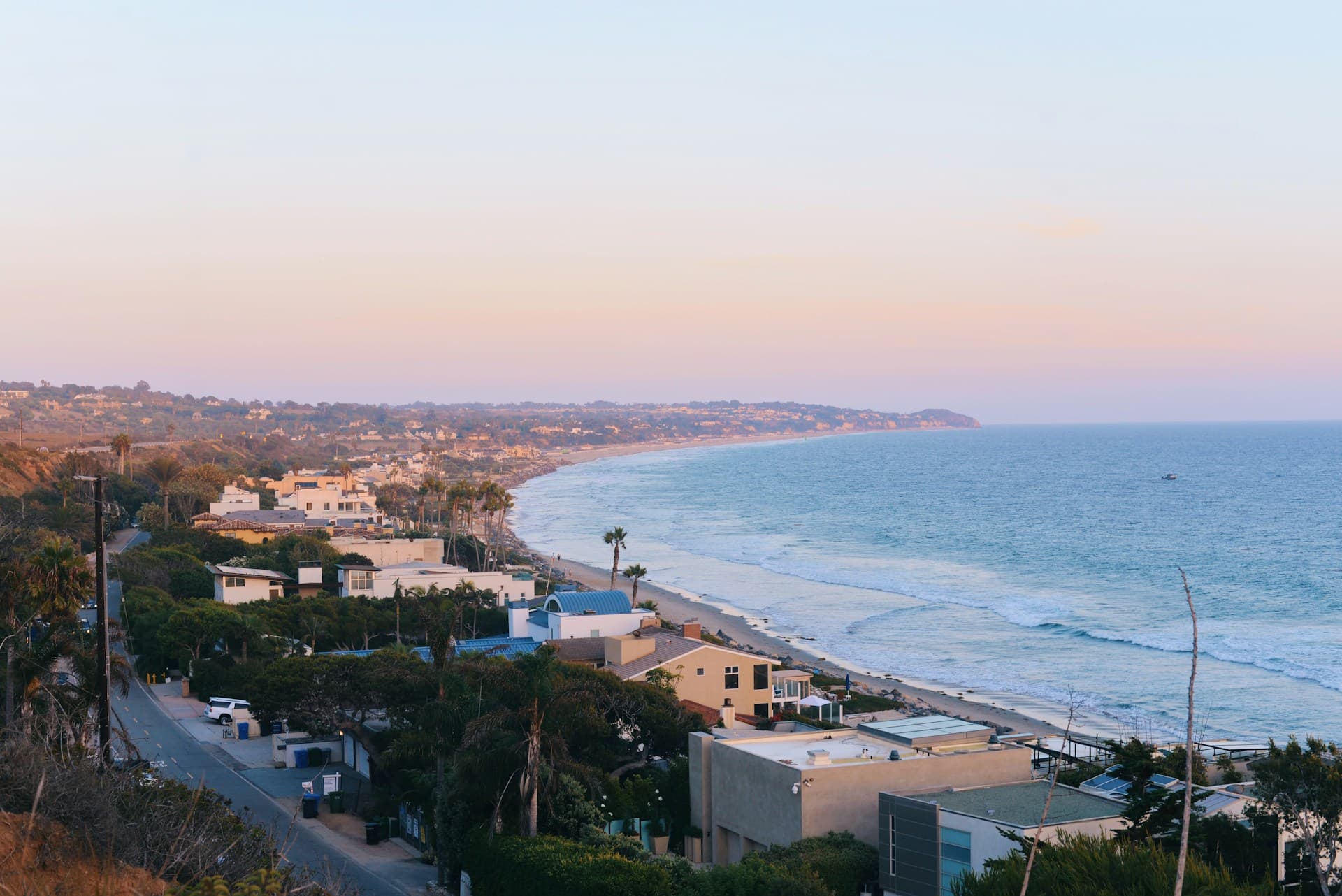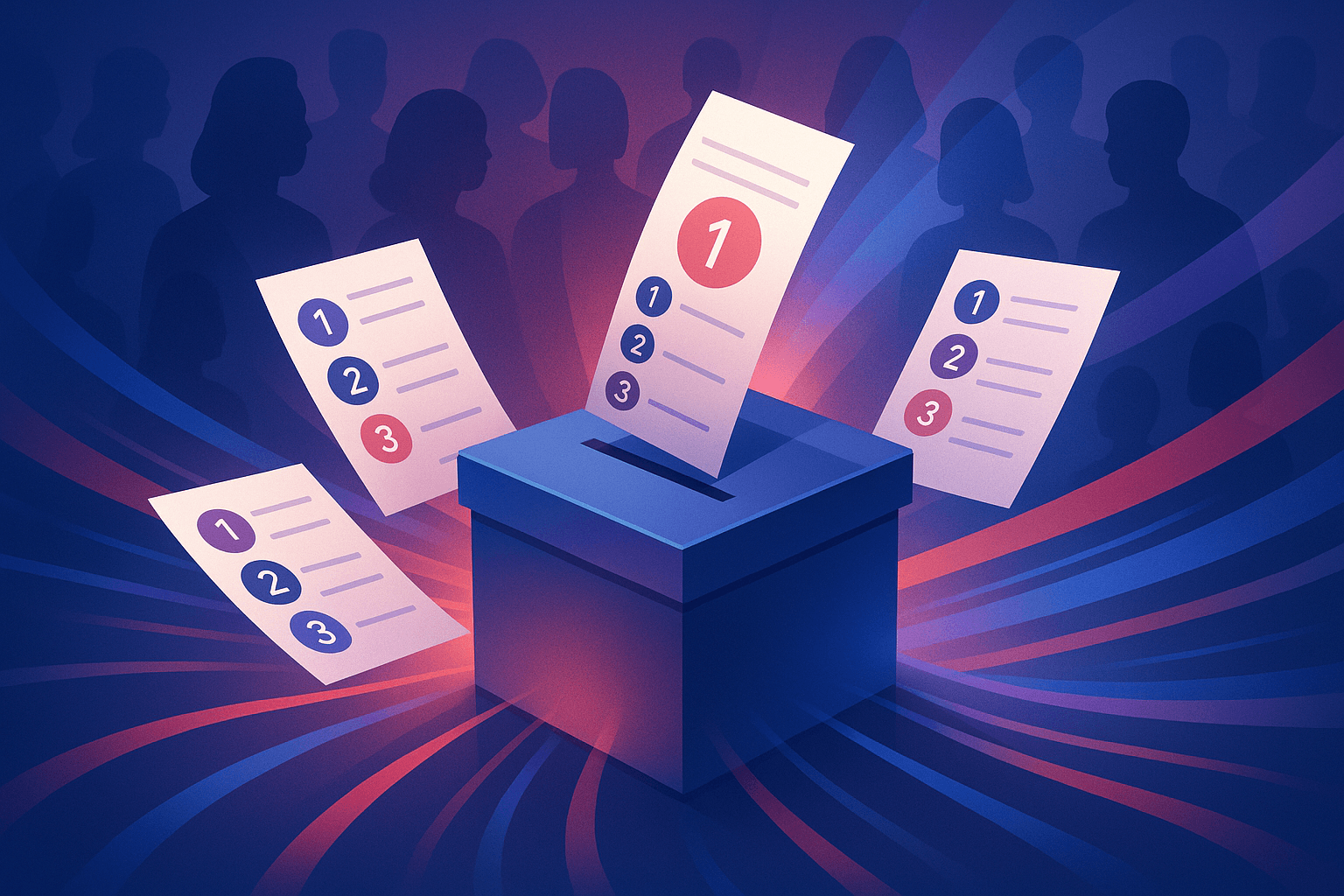Why You Have a Three Day Weekend

Labor Day in 2015, to most Americans, is the unofficial end of Summer. Labor Day is nestled in nicely with other American-y holidays that grant permission for BBQs and cheap beer. However, these holidays are firmly rooted in historic dates (except for Cinco de Mayo), or in this case a movement that had a major impact in United States history.
With this in mind, let's take a look at why we get the first Monday of September off.
The first Labor Day recognition came from the Oregon State Legislature in 1887, during the infancy of the labor movement. From 1860 to 1920, the population of the United States tripled. The population boom, coupled with the advent of the steam engine and the Industrial Revolution, led to a large number of skilled and unskilled workers.
Many titans of industry took advantage of the large -- and more or less expendable -- pool of workers to increase profitability and earnings. Workers toiled for 10 hours a day and most were paid between 20-40% less than the living wage of the time. On the flip side, by the early 1900s, 10% of wealthy Americans owned three-fourths of the country's wealth. Hmm, sounds familiar.
To combat what was seen as a rising rate of inequality, laborers started to organize to advocate for an array of social and economic issues. However, the beginning of the original labor movement got off to a rocky start.
The National Labor Union was one of the first organizations that pooled professions from all over the country. At its peak, the NLU had over 600,000 members and drafted legislation that would ultimately become the Federal Bureau of Labor Statistics. However, competing goals and social objectives between the groups fractured the organization and others like it.Then, a man by the name of Samuel Gompers came along and founded The American Federation of Labor -- you now know it as the AFL-CIO. Gompers did not focus on more scholarly ambitions of social change. Instead, he focused on a set of concrete economic proposals that would benefit skilled and unskilled laborers.
Things like the 8-hour workday, worker safety laws, medical aid and benefits, and the weekend you are about to enjoy were all apart of Gompers advocacy platform.
As a result, union membership increased in the mid-20th century. In 1964, a third of Americans belonged to a union. Then the 1980s happened.
With a swelling tide of popularity, Reagan came into office with anti-union fervor that had never been matched. His standoff with the Professional Air Traffic Controllers Organization (PATCO) sharply divided our politics and to some degree shaped the modern workforce that we have today.
Today, union members make up a tenth of the workforce and their numbers are shrinking. This is interesting considering they are portrayed as tantamount to corporations when it comes to influencing national politics. In fact, the 2014 business interest spending advantage came in at 15-1 compared to labor.
Have a nice three-day weekend and remember who you have to thank for it... literally.
Photo Credit: jannoon028 / shutterstock.com



